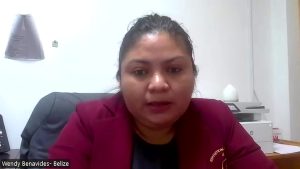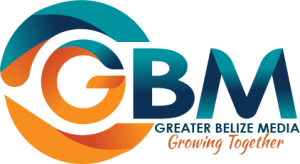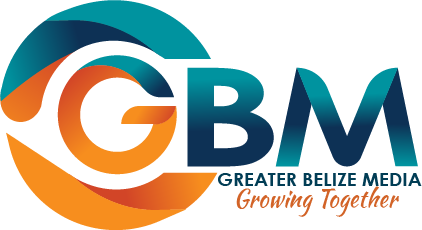Belize Finally Updates Fifteen-Year-Old Data Through Landmark Survey
This week, Belize proudly announces the official launch of the Multiple Indicator Cluster Survey. It’s a major UNICEF-backed survey capturing life for women and children of over five thousand Belizean households. The data collected covers a range of topics, spanning across one hundred and twenty-six indicators, from health and education to child protection and gender equality. With one point nine million dollars invested, mostly funded by UNICEF, the survey gives Belize hard data to measure progress and shape smarter policies. Some of the data gathered had not been updated for at least fifteen years, Wendy Benavides of the Statistical Institute of Belize shares more details on the crucial information that the report includes and how it was gathered.

Wendy Benavides
Wendy Benavides, Statistician I, Statistical Institute of Belize
“Some newest topics that we see in the seventh round of the MICS would be things like foundational learnings. Skills for children seven to fourteen. We also see mental health mental health module in there for persons fifteen to twenty-four years. And the others that we have seen are reproductive healthcare. We also see child discipline, child labor topics. And opinionated module for attitudes towards domestic violence. We have five groups of questionnaires, five types of questionnaires. One was at the household level getting some characteristics of the household. We also had one four other questionnaires that were administered to the eligible persons in the household. We have a women’s questionnaire for fifteen to forty-nine, and it was the respondent should be the eligible person. So no one else could have responded to that person in the household. We had also had a men’s questionnaire, which was not as long as the women’s questionnaire but it was a subset of those of the same topics that was included in the women’s questionnaire. Again, it’s the same age group. We’re looking at men fifteen to forty-nine years. We also have two children questionnaires, one was for under five and the other five to seventeen. Both of those questionnaires were administered to the mothers or caregivers of those children. The only component where a child was the respondent was, after getting consent from the parent, we administered an activity to measure the type of skills in reading and arithmetic to that those children.”






Facebook Comments